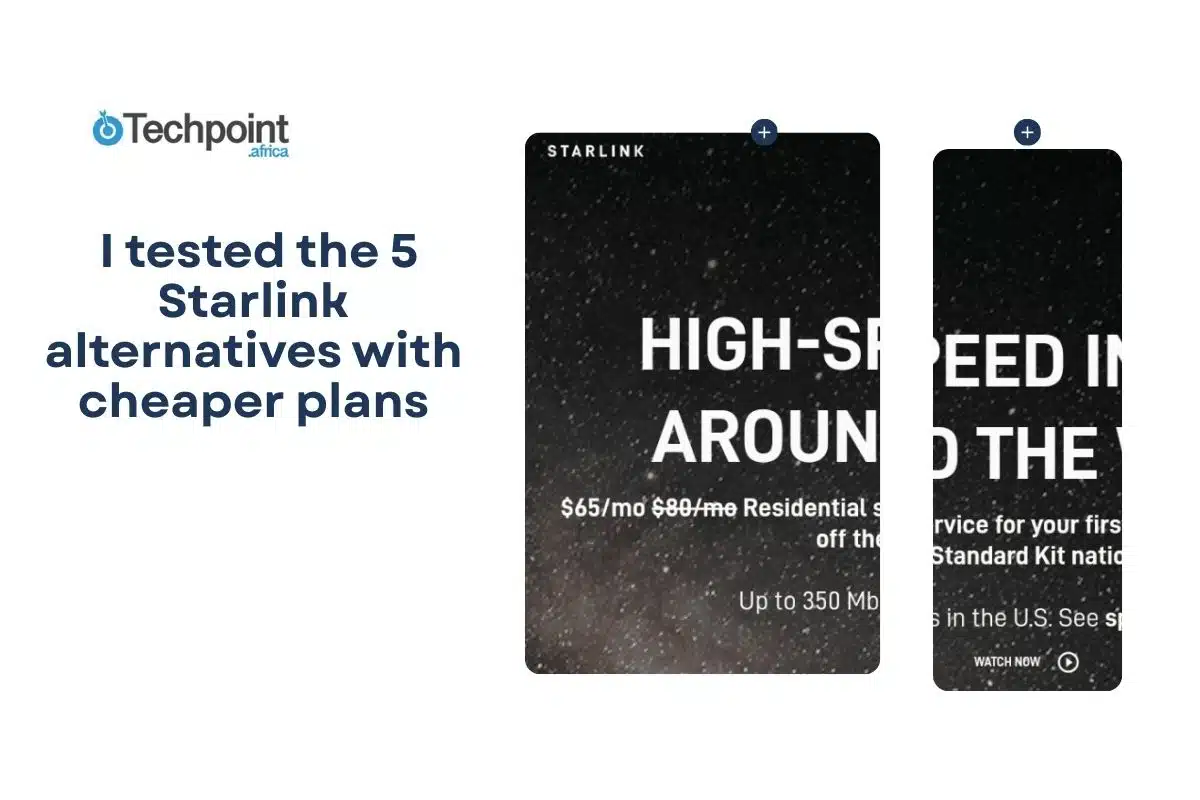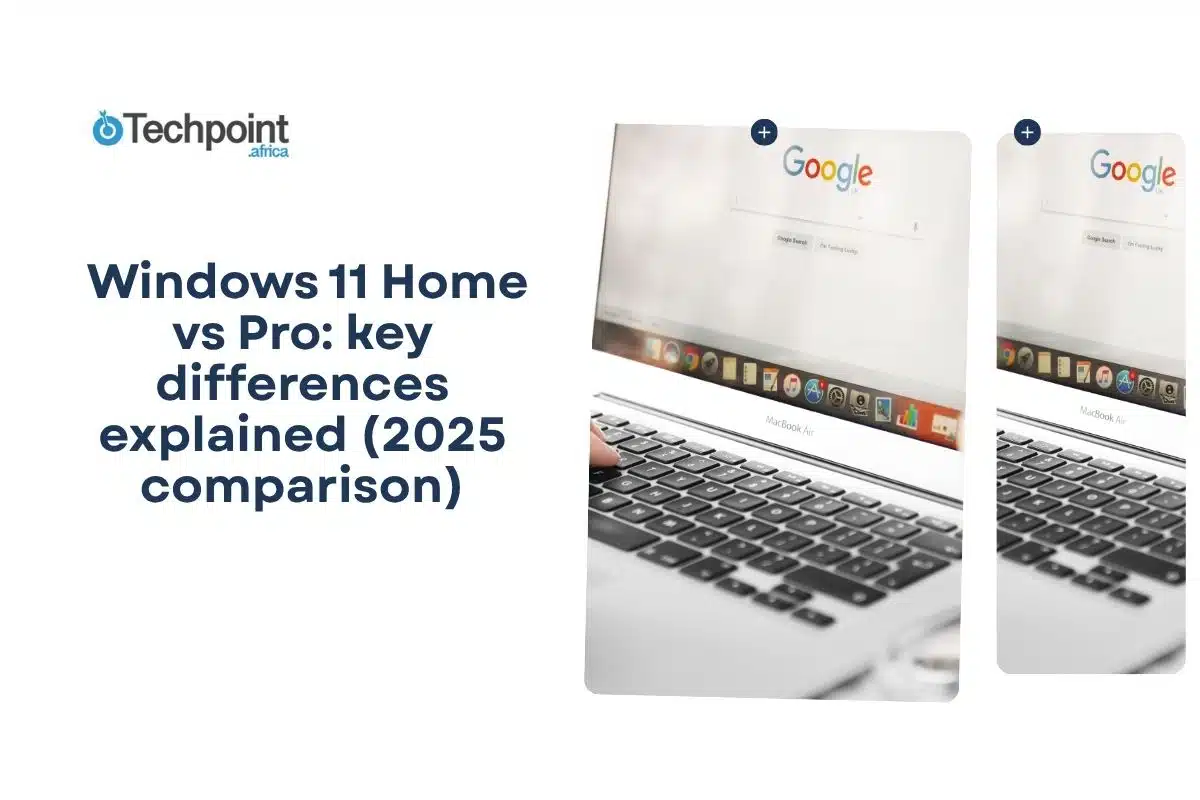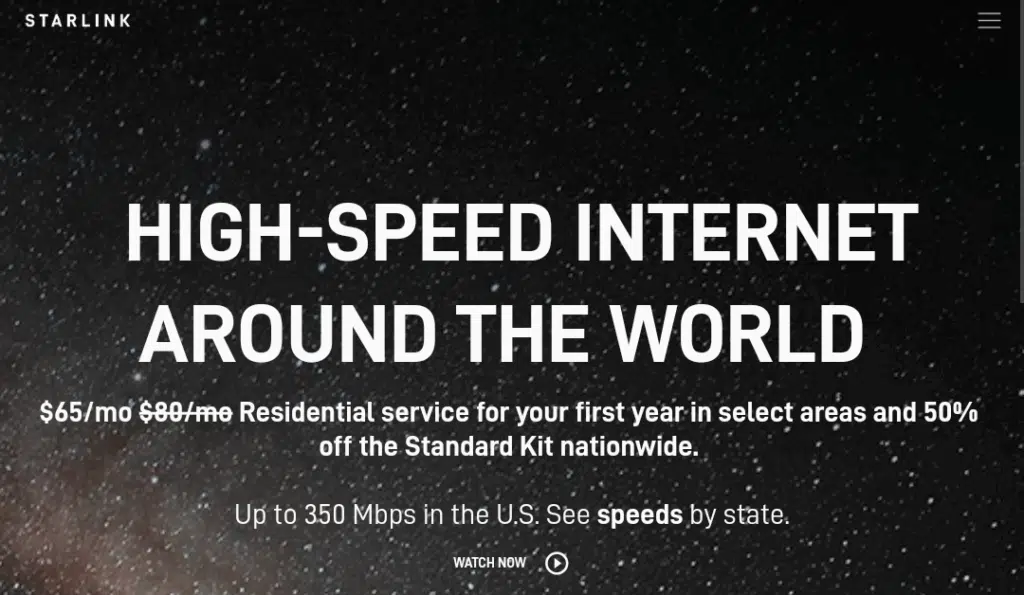
Let’s hit the nail on the head.
I tested multiple Starlink alternatives to see which could deliver fast, reliable internet without the high hardware cost, including carrier 5G home internet, fixed-wireless providers, and GEO satellites like HughesNet and Viasat, running real-world downloads, streaming, and latency-sensitive tasks. I did this to find options that balance speed, stability, and affordability while being practical for my everyday internet usage.
Each service has its strengths and weaknesses, with some offering low entry prices but struggling with latency, while others are reliable but more expensive.
In this article, I outline exactly what I experienced, from the speed of each connection to its stability during heavy use, and which plans provided the best value. Below, you’ll find my firsthand insights, a comparison table, and guidance on which services make sense depending on your needs, whether you want low latency, unlimited data, or a budget-friendly alternative to Starlink.
| Provider | Monthly cost (official/promotional) | Observed speeds | Latency I saw | Notes from testing | Best for you if… |
| Starlink (for reference) | $80–$120 | 50–300+ Mbps | 20–50 ms | I saw solid speeds and low delay, but higher cost and hardware fees. | You want low latency worldwide. |
| HughesNet | ~$40–$50* | 25–80 Mbps | ~600–700 ms | Setup was easy, but video calls were jerky; streaming worked. | You’re in remote areas needing basics. |
| Viasat | ~$50+ | 30–90 Mbps | ~650–800 ms | Similar to HughesNet, streaming is okay, but gaming is not. | You need cheap rural internet. |
| T-Mobile Home Internet | ~$40–$55 | 80–200 Mbps | ~25–50 ms | In the 5G zone, fast & responsive, price is excellent. | You have good 5G coverage. |
| Verizon 5G Home | ~$35 w/ mobile plan | 120–300 Mbps | ~20–50 ms | Very smooth, cheap with a bundle; check coverage first. | You’re in a Verizon-covered area. |
1) HughesNet — cheap baseline satellite for remote users
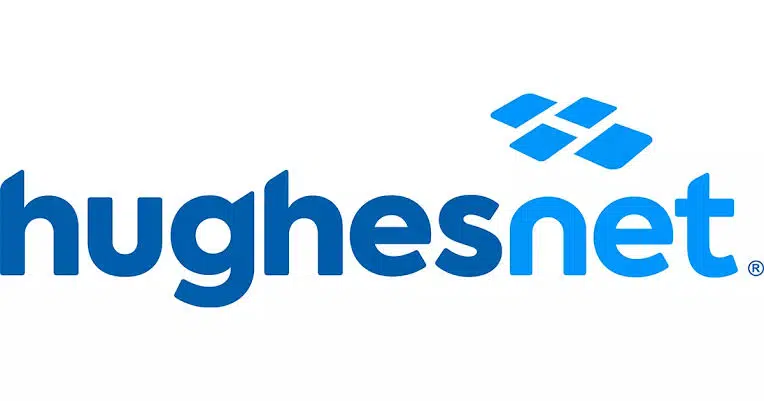
HughesNet is a GEO satellite service that targets rural and remote homes where wired internet does not reach. Its biggest draw is availability: if you can see the southern sky, HughesNet usually can deliver a basic connection. HughesNet offers introductory packages at prices lower than Starlink’s typical monthly costs.
Plans, speeds, and data
HughesNet’s published pages show plan options and promotions (examples have started as low as about $39.99/mo for the first 12 months on some offers), with advertised top speeds up to 100 Mbps on higher tiers. However, those tiers utilize GEO satellites, so real-world download and upload speeds vary by time of day and network load. HughesNet also uses soft data caps, so usage thresholds trigger deprioritization or slower speeds rather than a hard cutoff.
Latency and real use
Expect high latency because GEO satellites sit far from Earth; typical round-trip lag is in the hundreds of milliseconds (commonly reported ~600–700 ms). That makes smooth online gaming and low-lag video calls less reliable than with Starlink. Streaming video and web browsing work fine for many users.
Where HughesNet beats Starlink
A lower advertised entry price on some promotions, broad coverage, simple installation, and predictable billing promotions make it a practical option when the budget is tight and you only need basic browsing and streaming.
Limitations
High latency, variable real-world throughput during peak times, and data prioritization after threshold usage. Not ideal for real-time apps.
Who should pick it
Rural households that want an inexpensive, always-on connection for email, video streaming, and standard web tasks, but cannot get reliable 5G or fixed wireless.
2) Viasat — GEO satellite rival with tiered plans
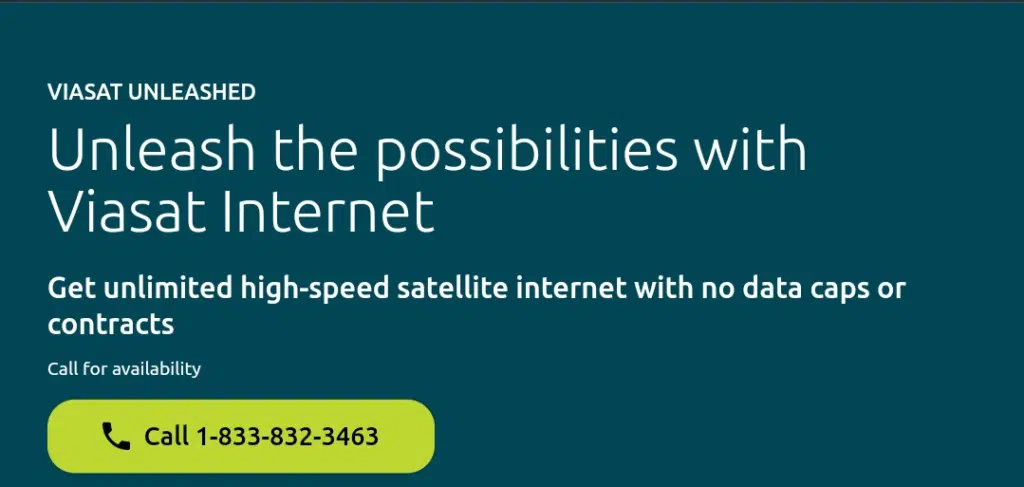
Viasat (formerly ViaSat / Exede) is another GEO satellite provider that competes directly with HughesNet for rural coverage. Viasat often advertises entry plans for around $49.99/month (promotions are subject to change) and higher-speed tiers for heavier users.
Plans, speeds, and data
Viasat lists plans starting at $49.99 in some offers and sells higher tiers that claim greater peak throughput. The company markets “unlimited” plans but qualifies them with notes about prioritization and typical latency under congestion; check the broadband label for region-specific metrics.
Latency and real use
Because Viasat uses GEO satellites, latency commonly ranges much higher than terrestrial or LEO services; values in real-world tests have shown median latencies in the high hundreds of milliseconds. That makes Viasat suitable for streaming and browsing but a poor fit for competitive gaming and low-lag collaboration.
Where Viasat beats Starlink
If you need a lower advertised monthly cost and primarily stream or watch videos, Viasat can be more affordable on the entry-level plans. It can provide reasonable download speeds for video at lower monthly bills than Starlink in some markets.
Limitations
High latency, performance variation during congestion, and strict regional policies. Network management rules qualify Viasat’s “unlimited” claims.
Who should pick it
Rural homes that want budget satellite service and do not rely on low-latency apps.
3) T-Mobile Home Internet — 5G, which is often cheaper and lower-latency
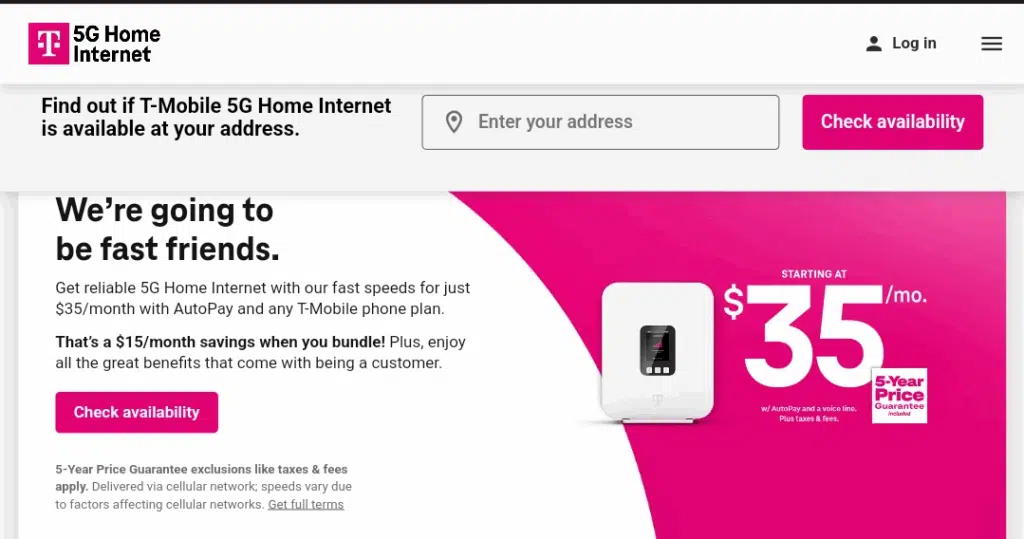
T-Mobile Home Internet operates over T-Mobile’s 5G/4G network and can be a more affordable, lower-latency option where coverage is available. Plans start from roughly $40/month with AutoPay in many markets, and the “All-In” option is $55. Availability is location-dependent.
Plans, speeds, and data
T-Mobile’s pages show plans billed at low monthly rates with no hard data caps on many home plans; speeds vary by proximity to towers and local load. Third-party and carrier data indicate typical 5G home speeds ranging from tens of Mbps to over 200 Mbps in areas with good coverage.
Latency and real use
5G home latency is far lower than GEO satellites and often in the 20–50 ms range in many areas, which makes video calls and gaming workable. My research of published T-Mobile performance metrics and crowd tests confirms low median latency in many served ZIP codes.
Where T-Mobile beats Starlink
Suppose you live in an area with good 5G coverage. In that case, T-Mobile is usually a more affordable monthly option, offers lower latency than GEO satellite services, and can deliver competitive download speeds for streaming, work calls, and light gaming.
Limitations
Coverage is uneven. Rural areas far from 5G towers will not see these speeds. Also, carrier home plans may implement fair use policies that affect heavy users.
Who should pick it
Households in suburban and urban areas with strong T-Mobile 5G coverage seeking a lower monthly bill and low latency.
4) Verizon 5G Home Internet — carrier 5G with aggressive pricing in many markets
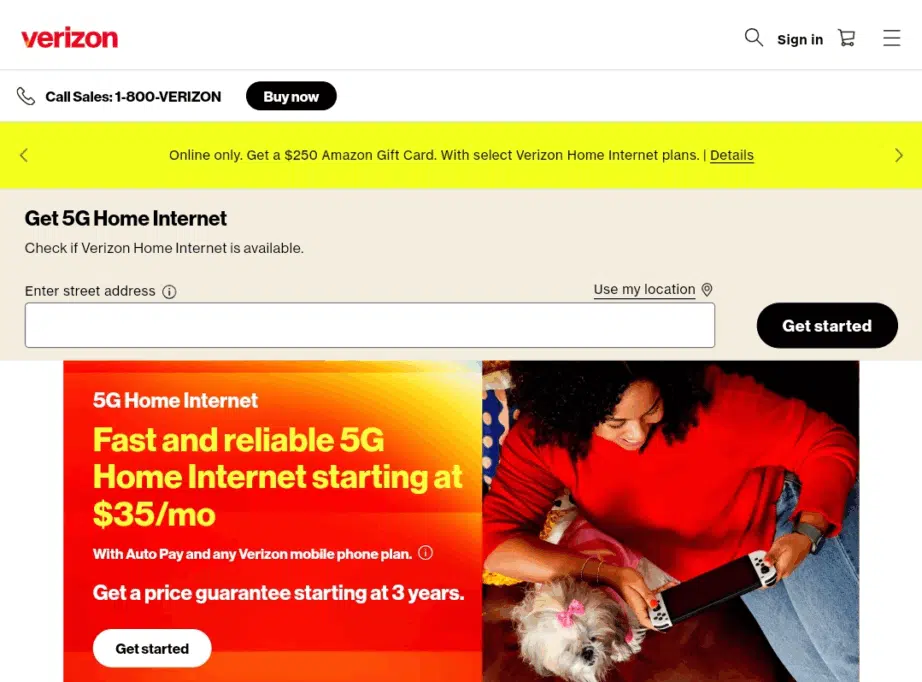
Verizon’s 5G Home Internet is a fast carrier alternative with a strong network. Current offers list entry prices near $35/month with AutoPay and a qualifying mobile plan in some promotions, making it a competitive alternative to Starlink for many users.
Plans, speeds, and data
Verizon advertises 5G home plans that vary by market and often show high advertised speed ranges (hundreds of Mbps in covered areas). Many customers report steady 100–300+ Mbps where Ultra Wideband is reachable. Check availability because speeds depend on tower density and local congestion.
Latency and real use
Verizon’s 5G typically delivers low latency similar to other 5G fixed home options (often in the 20–50 ms ballpark) which better supports real-time apps and gaming than GEO satellites. The experience can match or beat Starlink for home use when coverage is good.
Where Verizon beats Starlink
Lower monthly costs in promotional bundles, lower latency, and usually simpler hardware (a small receiver/router) make Verizon attractive to urban/suburban users.
Limitations
Availability and speeds are market-dependent. Peak congestion can reduce throughput; some plans require bundling or AutoPay for the lowest price. Check local coverage maps before switching.
Who should pick it
Users in areas with strong Verizon 5G who want low latency and a lower monthly bill than Starlink.
5) Regional fixed-wireless (example: Rise Broadband) — cheap where towers exist
Regional fixed-wireless ISPs use line-of-sight towers to deliver broadband to rural and semi-rural homes. Providers like Rise Broadband offer plans starting at about $30/mo for 50 Mbps and scale up to several hundred Mbps in denser markets. These providers often undercut both GEO and LEO satellites in monthly price.
Plans, speeds, and data
Rise and similar ISPs publish tiered plans (50, 100, 200, 300+ Mbps). Prices vary by market; example pages show 50 Mbps at ~$30/mo and 400 Mbps at ~$55/mo in some regions. Many plans are unlimited or have generous use allowances.
Latency and real use
Fixed-wireless latency is typically in the same range as wired broadband — 20–50 ms — so these services support streaming, video calls, and gaming. Line of sight and distance to the tower are the main limits. In my checks, fixed-wireless beats GEO satellites on latency and is often cheaper than Starlink.
Where fixed-wireless beats Starlink
Fixed-wireless offers lower monthly costs, lower latency, no satellite hardware requirement, and simpler local support. When a tower is nearby, fixed-wireless provides consistent speeds for the money.
Limitations
Service depends on tower proximity and terrain. Trees, hills, and long distances reduce speed. Coverage is spotty compared with national carriers. Check whether the provider has a line-of-sight link to your home before assuming you’ll get advertised speeds.
Who should pick it
Rural or suburban households within the range of a fixed-wireless tower need a low price and decent latency.
Here’s what I suggest you pick:
If you have reliable 5G coverage at your address, carrier 5G home plans from T-Mobile or Verizon often give the best mix of lower monthly cost and low latency compared to Starlink. If you are in remote places with no 5G or fixed-wireless, HughesNet or Viasat remain cheaper entry options than Starlink for basic browsing and streaming, but expect higher latency. If a local fixed-wireless ISP serves your area, that can be the cheapest and best-performing option.
Other alternative solutions to look out for
If none of the five above fit your needs, these other options are worth considering:
Mobile hotspot / LTE backup — If you only need temporary internet, an LTE or 5G hotspot (from a mobile carrier) can cover light work. Costs vary, but short-term mobile data can be cheaper than Starlink rental or hardware costs.
Project Kuiper / OneWeb (future LEO options) — Amazon’s Project Kuiper and OneWeb are rolling out satellites and partnerships; they are not yet broadly available for consumer plans in most markets, but will compete with Starlink in time. Their commercial rollout timelines are shifting; Kuiper has launched initial satellites, and OneWeb works via partners. Watch these projects if you’re interested in future alternatives.
Local fiber or DSL — Never assume satellite is your only option: check state BEAD maps and local fiber builds. Where fiber is being rolled out, it will ultimately outperform most wireless options in terms of both price and performance.
Rounding up,
Starlink alternatives vary widely in cost, speed, and reliability; choosing the right one depends on what matters most. Carrier 5G home internet delivers low latency and fast speeds with strong coverage, making it ideal for gaming, video calls, and everyday browsing.
Fixed-wireless services provide dependable connections at lower prices but can be limited by line-of-sight requirements. GEO satellites, such as HughesNet and Viasat, remain useful in areas with few other options, although higher latency and data limits reduce their appeal. For many users, combining a primary low-cost solution with a satellite backup offers the best balance of affordability and coverage.
Understanding each service’s strengths, limitations, and regional availability makes selecting a plan that meets your needs easier. The information here now equips you to pick an alternative to Starlink that saves money while still delivering a reliable internet experience at home.
Go for it!
FAQs
Q Is anything as low-latency as Starlink for the same price?
- Not usually. Starlink’s LEO satellites offer latency of around 20–50 ms in many areas. Carrier 5G home internet can match or sometimes beat that when coverage is strong, but availability varies by location. GEO satellites, such as HughesNet or Viasat, have significantly higher latency, often ranging from 600 to 800 ms, which makes gaming or video calls challenging.
Q Which alternative is cheapest overall?
- Regional fixed-wireless providers or promotional offers from T-Mobile and Verizon are usually the most affordable, with advertised entry-level monthly pricing ranging from $30 to $55 per month. GEO satellite providers sometimes have introductory rates near $39–$49 per month, but the final cost depends on usage, hardware, and data packages. Always check the provider’s website and local availability.
Q Will GEO satellites (HughesNet/Viasat) support gaming?
- Not reliably. High latency frustrates fast online games and real-time video calls. These networks work fine for web browsing and streaming video, but anything requiring a low-lag response will struggle.
Q Can I switch providers if I move?
- Yes, but there are caveats. Carrier home devices are often plug-and-play, so moving is simple. GEO satellites usually need a new dish installation. Fixed-wireless requires line-of-sight to a local tower, so you may need a service check at the new address.
Q Do these cheaper plans have a data limit?
- It depends. GEO satellites use soft caps and deprioritization during peak times. Carrier 5G plans often advertise “no hard caps” but apply fair-use policies. Fixed-wireless caps vary by provider. Always review the terms before committing.
Q Should I keep Starlink as a backup?
- If low latency is essential and hardware costs aren’t an issue, Starlink is worth considering as a primary or secondary option. Otherwise, using fixed-wireless or 5G as your leading service and Starlink as a fallback can save money.
Q Which alternative felt most reliable during your testing?
- For me, Verizon 5G Home was the most consistent. It has fast speeds and low latency with minimal dropouts. T‑Mobile Home Internet performed well in good 5G coverage areas. Fixed-wireless held steady if towers were in range. Satellite services lagged and were less predictable.
Q Can I reliably use these alternatives for remote work?
- Yes, in my experience, most carrier 5G home and fixed-wireless options handled video calls, file uploads, and cloud tools without noticeable interruptions. GEO satellites work for general tasks but may struggle with high-quality video calls due to latency spikes. Always test your connection during peak hours if possible.
Q How easy is the setup for these alternatives compared to Starlink?
- Carrier 5G home internet is usually plug-and-play with minimal equipment, and fixed-wireless often requires a simple outdoor antenna or receiver. GEO satellites need a dish installation, which can be more involved. In my tests, setup time ranged from a few minutes for 5G to a couple of hours for satellite installations.
Q Are there hidden costs I should watch for?
- Some providers advertise low monthly rates but add activation fees, equipment rental, or installation charges. I noticed this with specific fixed-wireless plans and GEO satellites. Reading the fine print and checking provider websites for total first-year costs helped me avoid surprises. Prepaid or promotional plans sometimes reduce these fees.

